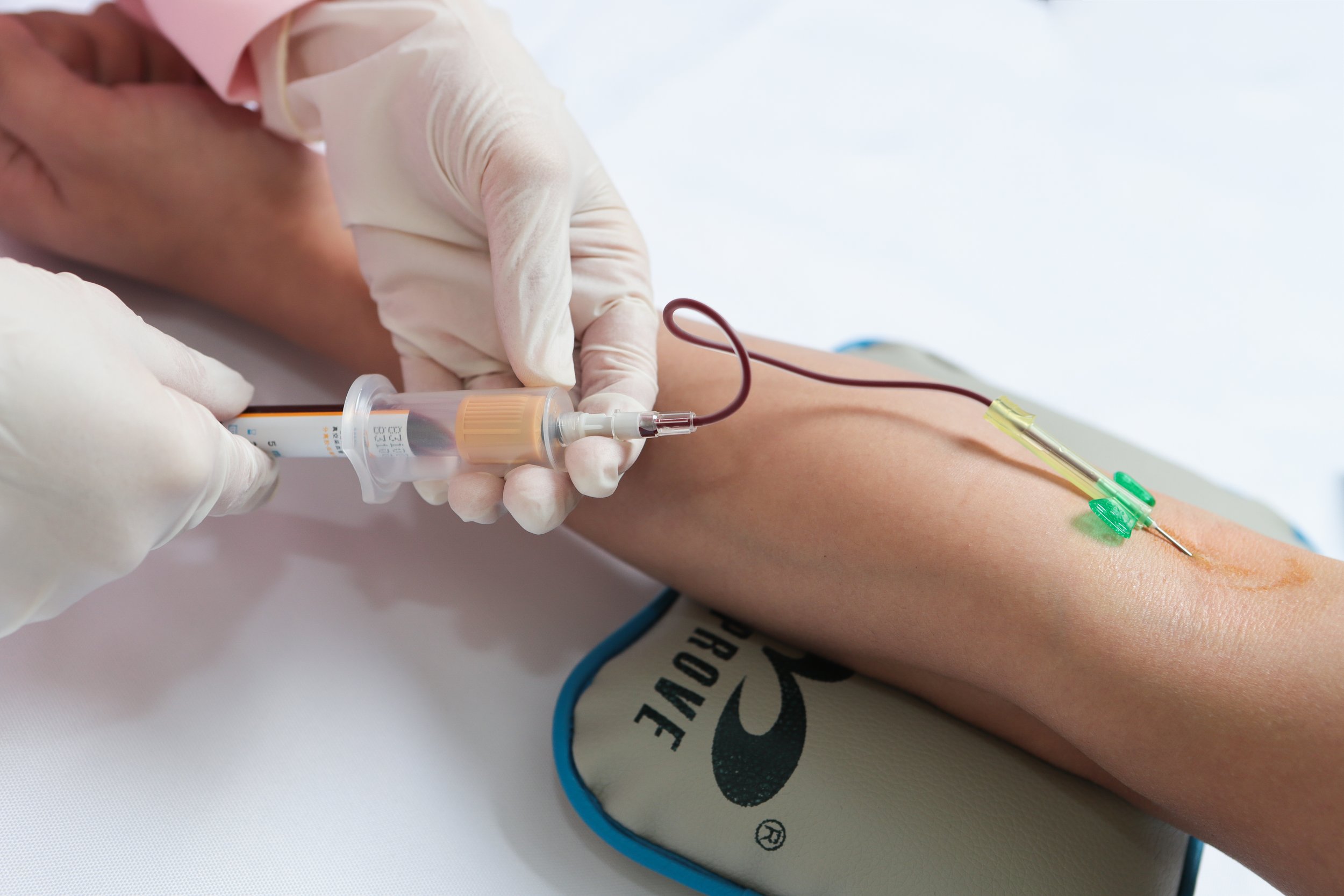The Importance of Medical Lab and Phlebotomy Services in the United States: Ensuring Compliance and Modifying Product Designs
Summary
- Medical lab and phlebotomy services in the United States play a crucial role in healthcare delivery.
- Ensuring compliance with local Regulations is essential for Chinese exporters looking to enter the US market.
- Understanding the specific requirements and standards is key for modifying product designs to meet local Regulations.
The Importance of Medical Lab and Phlebotomy Services in the United States
Medical laboratories and phlebotomy services play a vital role in the healthcare system in the United States. These services are essential for diagnosing and treating patients, monitoring their health, and providing timely and accurate Test Results. Medical labs are responsible for conducting a wide range of tests, from routine blood work to more complex Genetic Testing. Phlebotomists, on the other hand, are trained professionals who specialize in drawing blood samples from patients for testing and analysis.
With the increasing demand for healthcare services in the US, the need for efficient and reliable medical lab and phlebotomy services has grown significantly. These services help Healthcare Providers make informed decisions about patient care, leading to better outcomes and improved Patient Satisfaction. As such, ensuring the quality and accuracy of these services is paramount to the overall health and well-being of the population.
Compliance with Local Regulations
When it comes to exporting medical lab and phlebotomy products to the United States, compliance with local Regulations is crucial. The US has stringent requirements and standards for medical devices and equipment, including those used in laboratories and phlebotomy services. Chinese exporters looking to enter the US market must ensure that their products meet these Regulations to avoid any legal or regulatory issues.
Failure to comply with local Regulations can result in delays in product approval, fines, or even the rejection of products by US authorities. This can have a significant impact on a company's reputation and bottom line. Therefore, it is essential for Chinese exporters to thoroughly research and understand the Regulations governing medical lab and phlebotomy products in the US before exporting their goods.
Modifying Product Designs for Local Regulations
One of the key challenges that Chinese exporters face when entering the US market is modifying their product designs to meet local Regulations. This can involve making changes to the materials used, the design and functionality of the product, or the labeling and packaging requirements. Understanding the specific requirements and standards set forth by US regulatory bodies is essential for ensuring compliance and market acceptance.
Key Considerations for Modifying Product Designs
- Research and understand the regulatory requirements for medical lab and phlebotomy products in the US.
- Work closely with regulatory experts or consultants who are familiar with the US market and can provide guidance on compliance issues.
- Conduct thorough testing and validation of the modified product designs to ensure they meet the necessary standards and requirements.
- Keep abreast of any updates or changes to Regulations that may impact the design and manufacturing of medical lab and phlebotomy products.
Examples of Product Design Modifications
Some common examples of product design modifications that Chinese exporters may need to make to meet US Regulations include:
- Using FDA-approved materials for manufacturing medical devices.
- Incorporating safety features such as needle guards or tamper-evident seals on phlebotomy products.
- Ensuring accuracy and precision in Test Results by calibrating and validating laboratory equipment.
- Providing clear and concise labeling and instructions for use that comply with US labeling requirements.
Conclusion
Medical lab and phlebotomy services are critical components of the healthcare system in the United States. Chinese exporters looking to enter the US market must ensure that their products meet local Regulations and standards to avoid any regulatory issues. Modifying product designs to comply with US Regulations can be challenging, but with careful research and planning, exporters can successfully navigate the regulatory landscape and bring their products to market.

Disclaimer: The content provided on this blog is for informational purposes only, reflecting the personal opinions and insights of the author(s) on the topics. The information provided should not be used for diagnosing or treating a health problem or disease, and those seeking personal medical advice should consult with a licensed physician. Always seek the advice of your doctor or other qualified health provider regarding a medical condition. Never disregard professional medical advice or delay in seeking it because of something you have read on this website. If you think you may have a medical emergency, call 911 or go to the nearest emergency room immediately. No physician-patient relationship is created by this web site or its use. No contributors to this web site make any representations, express or implied, with respect to the information provided herein or to its use. While we strive to share accurate and up-to-date information, we cannot guarantee the completeness, reliability, or accuracy of the content. The blog may also include links to external websites and resources for the convenience of our readers. Please note that linking to other sites does not imply endorsement of their content, practices, or services by us. Readers should use their discretion and judgment while exploring any external links and resources mentioned on this blog.
